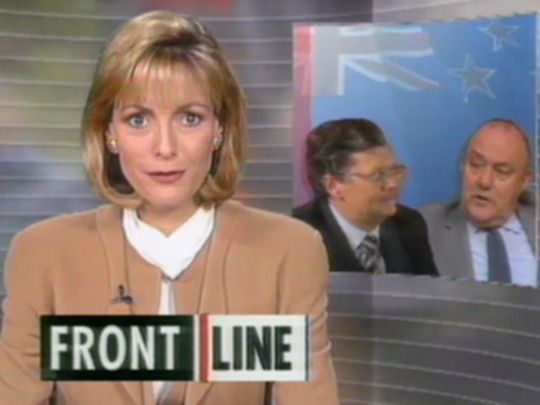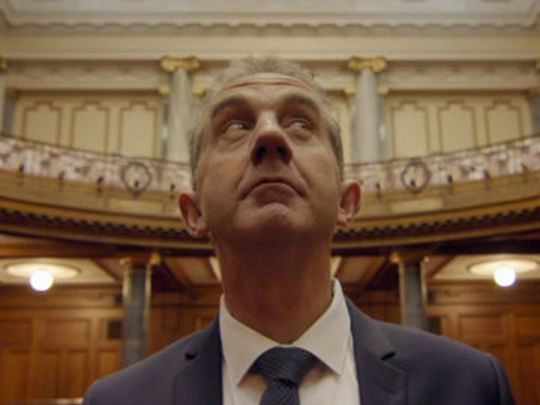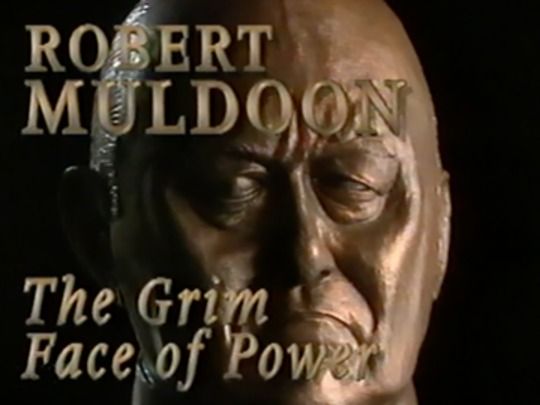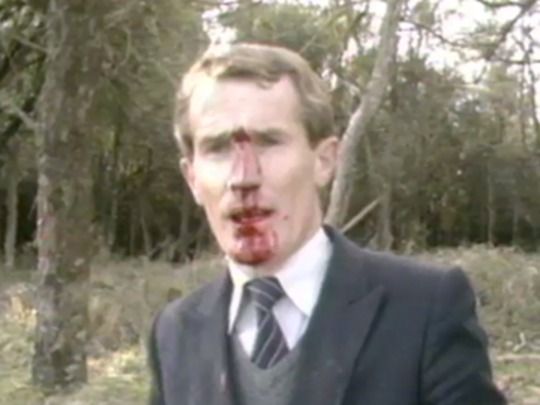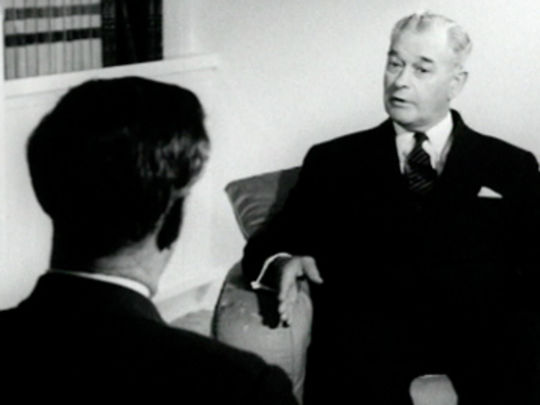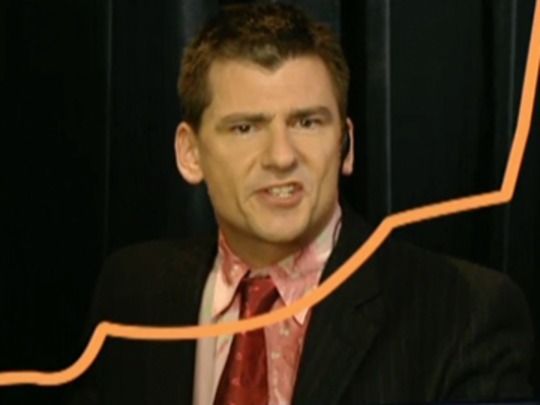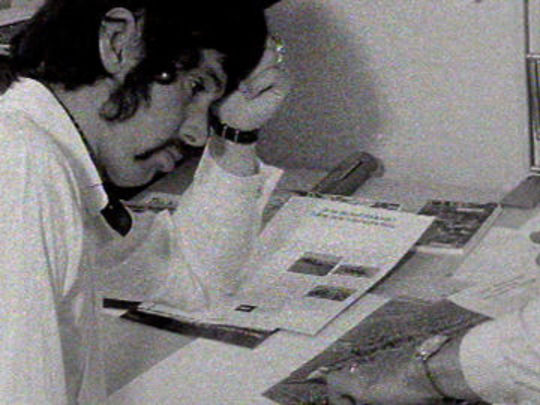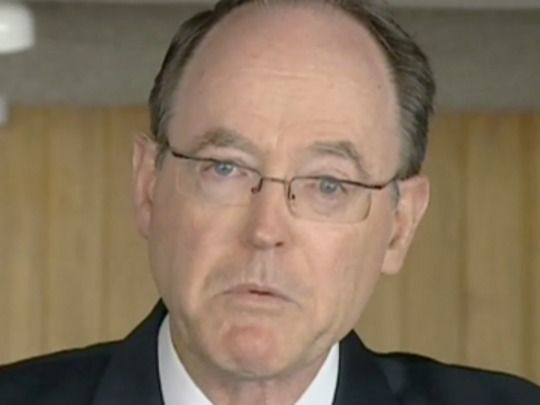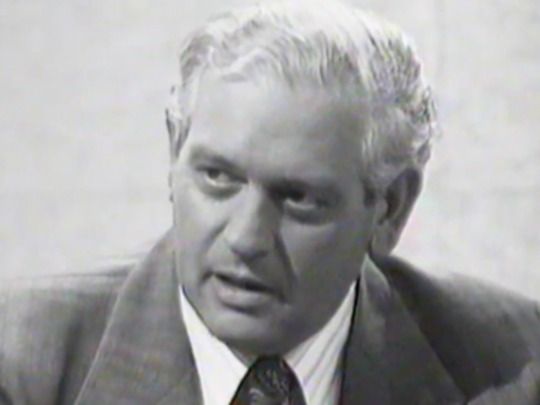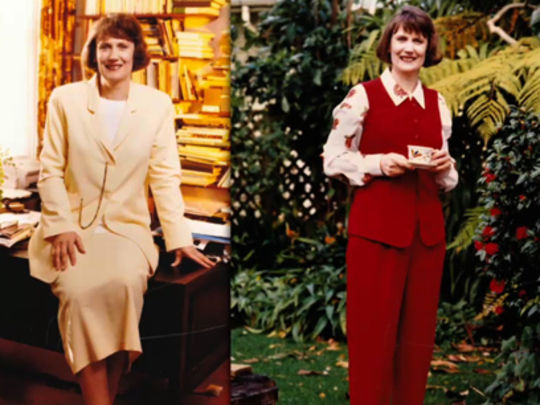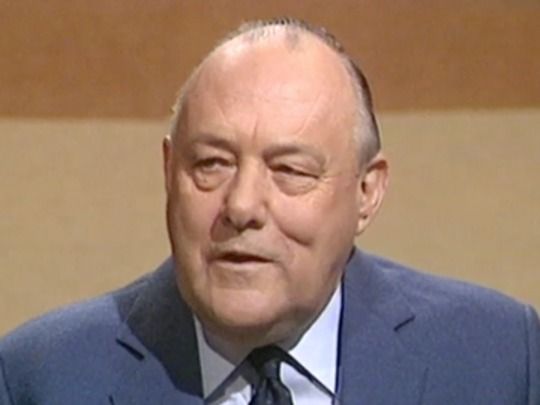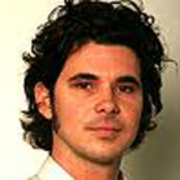Politics
New Zealand Politics on Screen
On August 27, 1973, Norman Kirk travelled to Auckland for a televised interview with David Frost. So anxious was the prime minister about the meeting that he had instructed his private secretary, Margaret Hayward, to call a halt to proceedings if the line of questioning got out of hand. “I was amused by his almost touching confidence in my ability to close down a television show being conducted by a world-famous TV personality,” Hayward wrote in her Diary of the Kirk Years.
They needn’t have worried. The interview is downright affable, with the visiting British interviewer clearly rather enamoured by ‘Big Norm’. Frost/Nixon it is not.
Neither is it dull, however. The main subjects – which include, in a telling foretaste of the 1980s, nuclear testing in the Pacific and sporting and political relations with South Africa – are explored at length. Kirk is thoughtful, direct and engaging.
There is a retrospective poignancy, too, in Kirk’s answer to the question of how long he might remain prime minister. “I could go another 25 years,” he says, with half a smile. “I’m healthy.” One year and four days later, aged 51, he was dead.
The reason for Kirk’s edginess ahead of his encounter with Frost, Hayward explained, was what he thought to have been something of an ambush by New Zealand broadcaster David Exel a few days earlier. In the interview, Exel and his colleagues attempt to squeeze Kirk into an admission of broken promises as they assess his first 250 days in power.
While the questions are tough, however, the politeness is unerring. In both interviews, Kirk’s responses are – to a modern eye – remarkable for their absence of obfuscation, of evasiveness, of sound bite.
Kirk’s old rival, Keith Holyoake, had enjoyed a different, more deferent reception in the world of television. When the National prime minister or his senior cabinet ministers arrived at the NZBC studios in the 60s, “it almost went to being obsequious”, journalist Maurice Smyth told the makers of the documentary Here is the News. “He would say which side he wanted to be shot [from]. He would ask for the questions in advance. He would say those he was prepared to answer and indicate which he wanted to be struck out.”
However, if much of the control that premiers in the early days of television were afforded appeared lost by the Kirk years, a later National prime minister would attempt to wrest it back. In another part of Here is the News – itself an essential primer in the changing dynamic of New Zealand politicians and television across the 30 years to 1992 – Robert Muldoon is shown barking orders at young interviewer Simon Walker, instructing the future Royal PR-man to stick to the list of questions he’d been provided with.
Muldoon. A politician who polarised New Zealand like no other, he swept to power in 1975 on the back of the most notorious piece of political television advertising in New Zealand’s history, the ‘Dancing Cossacks’ attack on a Labour government that could “wind up owning literally everything – and you know what that’s called, don’t you?”.
Muldoon was unconventionally telegenic, but he was impossible not to watch. Together with that of his successor, David Lange (another massive TV presence in every sense), Muldoon’s story is at the heart of this collection. The most gripping images of the lot come from the Beehive, late one evening in June 1984, when Muldoon appears before a huddle of reporters flanked by pale-faced colleagues, to announce a snap election.
The moment is digested in Here Is the News, with Jim Greenhough, a TVNZ reporter of the time, remarking: “That night we sensed something was going down, so I stuck around ... That was, I believe, a little bit of television that, if there had been any doubt that he was going to lose the election that year, that sealed his fate – people saw what he looked like, saw him in that state, and that was it.”
An evocative framing of the infamous scene is in Revolution, the four-part documentary from 1996, which expertly chronicles the social and economic ruptures of the 80s and early 90s. The then National party president, Sue Wood, who had been compelled to stand at Muldoon’s side as he slurred out his salvo, relates what led up to the announcement, and what she was thinking as he spoke. It’s a powerful television treatment of a powerful television moment.
Elsewhere in Revolution, Wood suggests that one of the reasons Muldoon lost was that he failed to see the extent to which “the battle was not being fought in halls; the battle was being fought on television”.
David Lange knew that, and calibrated his performance very much for the small screen, determining to battle Muldoon’s venom with a tone of statesmanlike – Kirk-esque, even – calm and reason. Towards the end of the televised leaders' debate (chaired by Ian Johnstone), Lange assures Muldoon that he still has much to offer, that he can be part of New Zealand’s recovery. As Lange’s condescension nears its end, Muldoon croaks, from off camera: “I love you, Mr Lange.”
Lange’s defeat of Muldoon and growth in stature as he builds the nuclear-free New Zealand brand is dramatised in Fallout, a 1995 mini-series scripted by Tom Scott and Greg McGee.
As well as being the man who stirred New Zealand patriotism and attracted global attention by smelling uranium on America's breath (famously in a 1985 Oxford Union debate, seen around 6.40 into this clip from Revolution), Lange became the front man for less palatable economic and social change. His conflicted Prime Ministership was one played out in front of the cameras – with his weight sometimes as discussed as his policies – as he reflects upon in this 2003 interview with Kim Hill.
A sign of the telly-mediated times is provided in Brian Priestley's commentary on coverage of the 1987 election, in news watchdog show Fourth Estate: "Isn't [Jim Bolger] conceding defeat [to Lange] something a man might be left to do in private? There's a fine line between reporting politics and making a show of the whole thing. I think they stepped over that line here ..."
Despite Priestley's disapproval, the coverage evidences a changing public acceptance of the camera or microphone's ubiquity; an age away from when Muldoon could stage-direct the news. The ever-present media scrum now essential to the drama of the political show is captured in the second excerpt from Fallout, where Lange's prevarication over the anti-nuclear issue is played out in front of, and on, screen.
Another important dramatisation in the collection is The Governor, from 1977, demonstrating the screen's ability to shape politics past, as well as present. A six-part, eight-hour-long exploration of the colonial life and impact of Governor George Grey, its epic qualities continued into its reception – Prime Minister Muldoon was one of those calling for an inquiry into its costs. The Governor was remarkable for a number of reasons, not least for its ambivalence about the impact of the colonising force, and considerable sympathy for its Māori protagonists.
The role of Māori in modern New Zealand politics is given good voice in this collection, in the 1998 documentary series Rangatira (Pita Sharples, Donna Awatere Huata), episodes from the Pounamu series (on Wiremu Ratana and Apirana Ngata), and in the 2008 election special edition of Marae (later renamed Marae Investigates). It is worth noting that in 2011, the Māori Television weekly Native Affairs is arguably the best current affairs programme on any channel.
Lovers of satire are likely to gaze enviously at the funny stuff from the archive. Not all of the material here stands the test of time, but watching parts of McPhail and Gadsby at their best, along with the glorious Richard Taylor-sculpted caricatures of Public Eye, it is difficult not to lament the paucity of satirical television in the 2010s.
But for the funniest clip in the collection, head directly to ‘Big Dealers’, a 1987 item from current affairs show Close Up. We meet a group of young men who are “like addicts, who eat, breathe and sleep foreign exchange dealing”. We spend most of our time with their amiable team leader, in the trading room and at his home, where he is woken at 3.30am by an overseas caller to discuss a deal. The man with the thick-rimmed spectacles and awkward smile is, of course, a 25-year-old John Key, here ready and willing to front for the cameras.
- Toby Manhire is former editor of The Guardian's 'Comment' section and still writes for the paper. He is a columnist and blogger for The Listener and a presenter for RNZ National. He edited 2011 book WikiLeaks: Inside Julian Assange's War on Secrecy.
